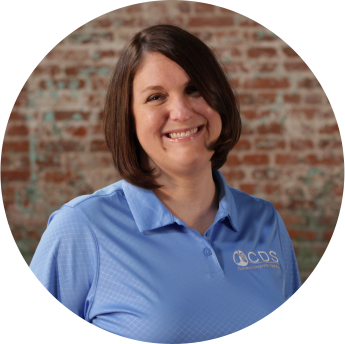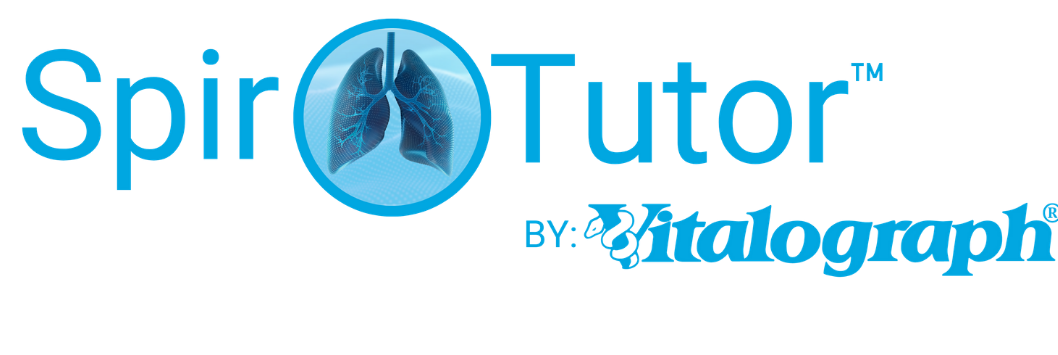COVID19 Info
Reopening your lab or clinic after the shut down?
We are here to help! We've compiled a list of the most up to date statements and recommendations from the ATS and ERS
- Pulmonary Function Tests may result in high aerosol generation and contribute to the spread of covid19 through droplets.
- Clinicians should weigh the risk vs benefits for testing on a case-by-case basis. How important is the test for diagnosis or medical decision making relative to the risk of exposure?
- Only perform tests “essential for immediate treatment decisions”. These may include: Spirometry, IOS/FOT, DLCO, 6MWT. These have lower risk than challenge testing (exercise and bronchial) with increased risk for cough and high minute ventilation and should be avoided if possible.
- Essential testing is recommended in the following order:
- Tests with tidal breathing (FRC, DLCO, RAW, TLCO re-breathing)
- Slow inspiration/ expiration (FeNO, nasal NO, SVC, static lung volumes, TLCOBh, PMax, Snip)
- Forced exhalation (FVC, pre/post), exercise tests
- If bronchodilator used, MDI is preferable to a nebulizer for administration.
- Consider home spirometry for monitoring of chronic patients needing surveillance.
- See infection control for your organizations SOP for testing location specifics (negative pressure rooms, UV lights, ect)
- USE OF INLINE BACTERIAL VIRAL FILTER IS MANDATORY FOR ALL TESTING REGARDLESS OF THE TYPE OF DEVICE. Be sure that the filter/ mouthpiece you are using has been tested to protect against covid. See our statement for Vitalograph products here.
- All personnel should wear appropriate PPE. This can be challenging in the office environment. Minimal PPE should include: mask (N95 preferred), face shield, gown, and gloves.
- Patients should be instructed in cough etiquette (turn away from others and cough into your elbow) and should wear a mask as much as possible when in the lab to avoid aerosol droplet spread.
- All equipment should be disinfected according to the manufacturer's instructions.
- Sufficient time should be allotted between patients to allow adequate room ventilation. Note this may vary depending on negative pressure, UV, HEPA filter, ect. Avg time is 30 minutes recommended by ATS panel
FAQ's ??*
What defines daily cleaning vs deep cleaning? Daily cleaning is typically a wipe down of the external surfaces with alcohol, while deep cleaning is disassembly and cleaning of the entire flow head.
How do I prevent cross contamination from patient to patient?
Consistent use of a new BVF for every patient and routine surface cleaning of the device with 70% alcohol are among the recommended safety procedures.What infection control measures should be taken during spirometry with relation to COVID-19?
The most effective way to reduce the chances of transmission of COVID-19 or any other infectious agent is to use a new BVF for every patient and to clean the exterior surfaces of the spirometer that contact the patient with a 70% IPA wipe after every patient.Do BVFs reduce the risk of transfer of COVID-19?
Our BVFs meet ERS recommended standards and provide a very high level of protection from cross infection from bacteria and viruses including COVID-19, with > 99.999% efficiency. (View or download our certificate of cross-infection efficiency).*A special thanks to Vitalograph for providing assistance as we navigate these strange times!!
Here's a list of links to help you navigate your organization :)
- Setup a cleaning on site routine for your Vitalograph device (see our recommended cleaning instructions).
- Centers for disease & infection control (CDC) Coronavirus (COVID-19)
- CDC coronavirus for Healthcare Professionals Coronavirus Disease 2019 (COVID-19)
- ATS Coronavirus response NOVEL Coronavirus (COVID-19) - The ATS Response
- European Respiratory Society: COVID-19: Information and resources
- AARC coronavirus COVID-19 News & Resources
- AMA coronavirus COVID-19 (2019 novel coronavirus) resource center for physicians
- US State Department Coronavirus Disease 2019 (COVID-19)
- US Labor Department Coronavirus Resources
- Asthma and Allergy Foundation of America: Coronavirus(COVID-19): What People With Asthma Need to Know
- COPD Foundation: Coronavirus Information for the COPD Community
- Pulmonary Fibrosis Foundation (USA): COVID-19 Resources
- Cystic Fibrosis Foundation (USA) COVID-19 Community Qyestions and Answers
- Parent Project Muscular Dystrophy (USA): PPMD COVID-19 (Coronavirus) Information Center












